17 incredible experiences to have in Scotland in 2017
WHAT DOES YOUR DREAM ADVENTURE LOOK LIKE? Maybe it involves white sand beaches, brilliant blue water, and kayaking secluded coves home to seals and sea birds. Maybe it’s hiking desolate mountains and dropping in on Michelin-starred restaurants or cozy pubs, exploring ancient ruins and grand museums, or tracing whisky trails and partying at ceilidhs. In Scotland, there are endless incredible experiences worth having. Here are just 17 to get you excited for your 2017 trip.

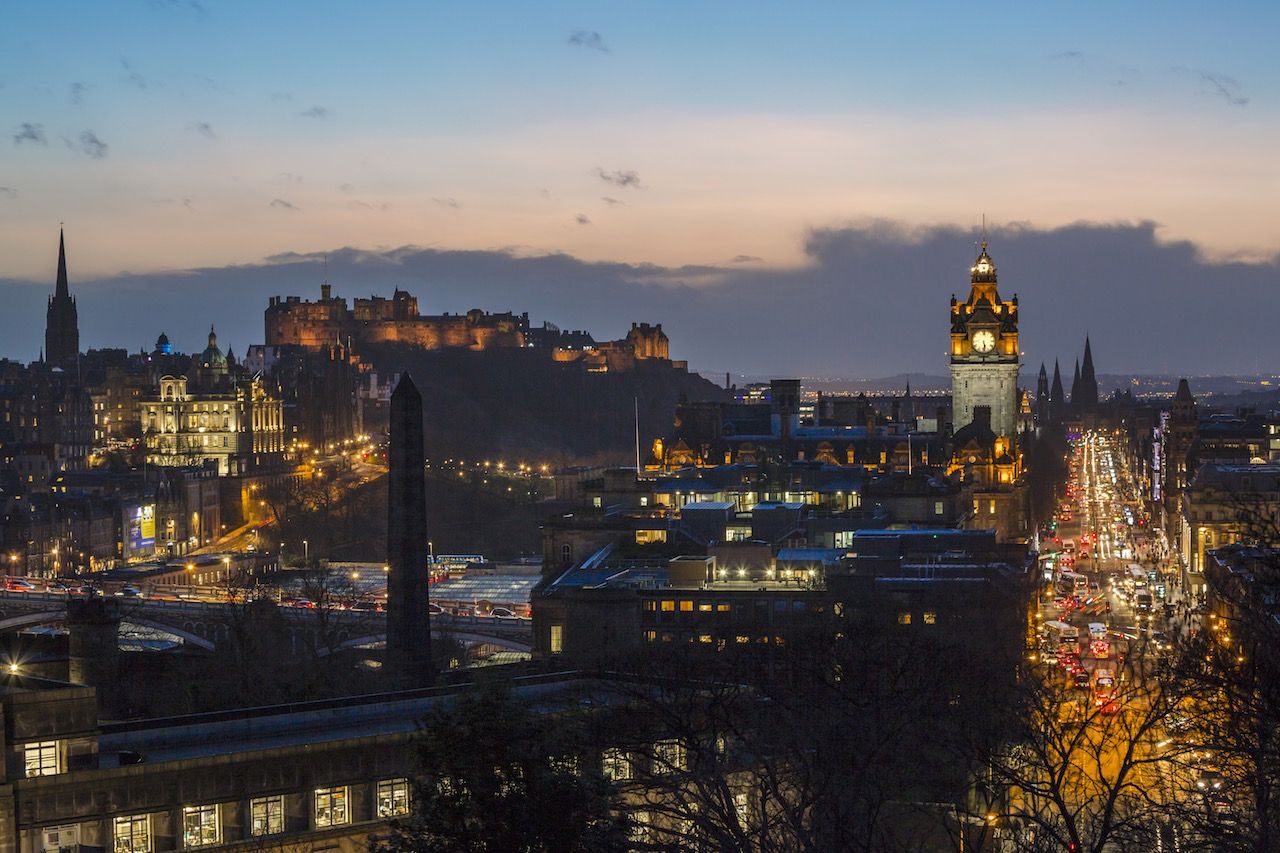
1. Exploring the architecture of Edinburgh
From the Old Town’s jumble of towering tenements and mysterious wynds, to New Town’s Georgian and neoclassical buildings, there’s no doubting the Scottish capital is a dramatic city. Scottish poet Hugh MacDiarmid described it as “a mad god’s dream.” On Princes Street, climb the Scott Monument’s 287 steps for views among the gargoyles that extend across the city, past volcanic crags, and out to sea. Head up 700-million-year-old Castle Rock for a peek inside Edinburgh Castle. Wander from the castle down the Royal Mile to grand Holyrood Palace and the modern Scottish Parliament for even more insight into the diversity of Edinburgh’s architecture.
Photo: Kenny Lam for VisitScotland
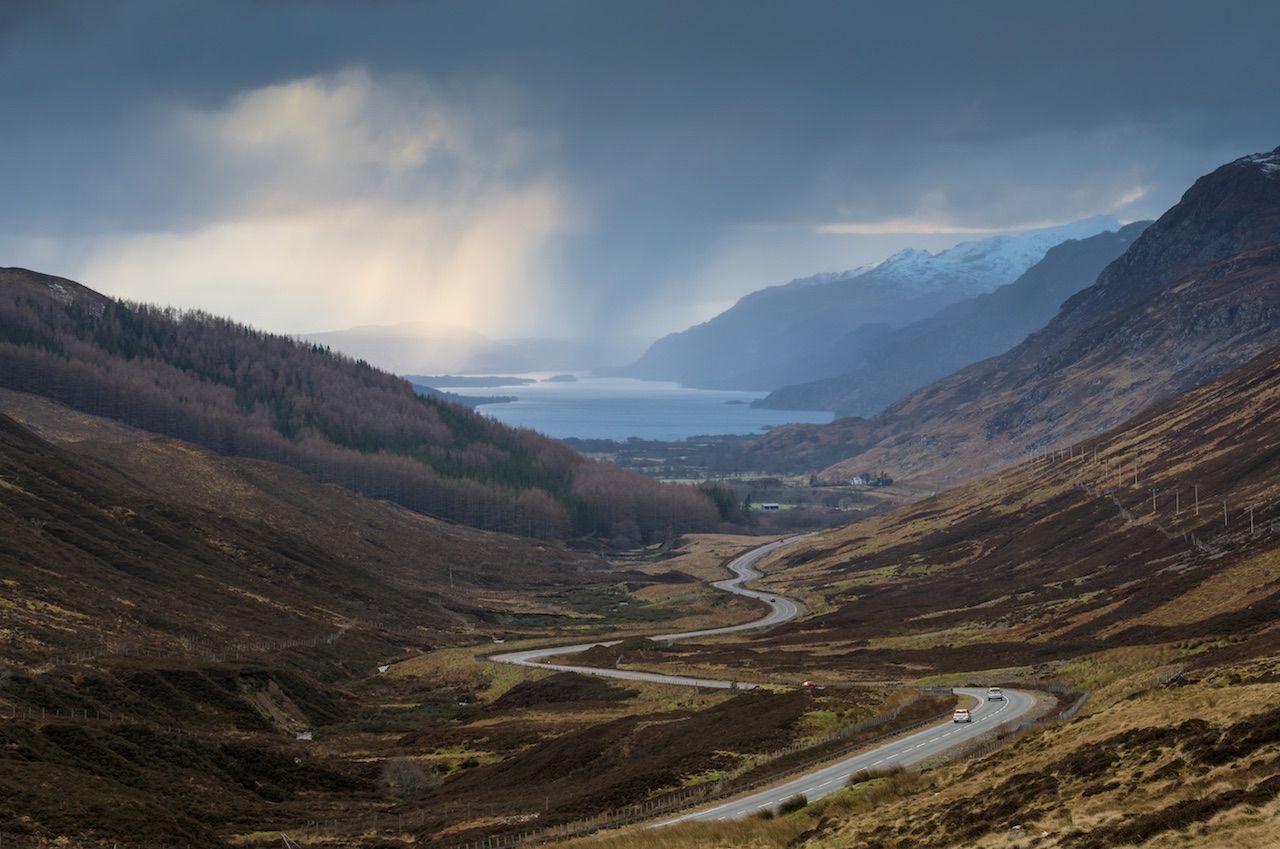
2. Driving Scotland’s answer to Route 66
The North Coast 500 is an amazing road trip starting in the city of Inverness, weaving over to Wester Ross and the seaside village of Applecross, heading north up to Ullapool, then to Caithness, and the tippy top of the mainland — John o’Groats — before turning back south through Dingwall to Inverness. You might want to bring your bike for parts of this incredible trip. If you’re feeling tough enough, cycle the hairpin bends of the 2,053-foot-high Bealach na Bà pass, where the views look back towards Loch Kishorn and over to the Isles of Skye and Raasay as you descend to lovely Applecross.
Photo: Kenny Lam for VisitScotland
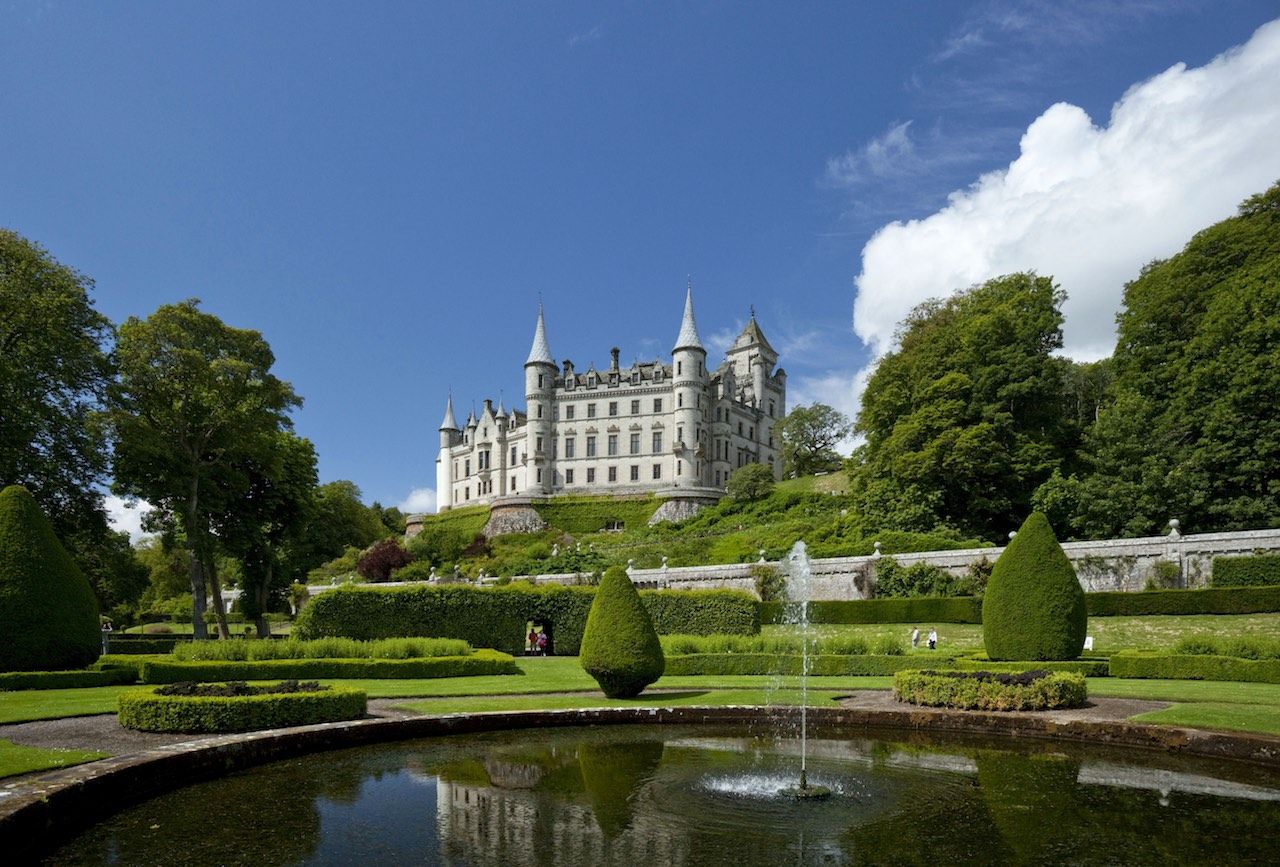
3. Visiting a fairytale castle in the Highlands
Dunrobin Castle dates back to the Middle Ages, though most of what you see today was built in the French style in the mid-19th century. All towers and turrets, with 189 rooms, this is the largest house in the Northern Highlands. It’s completely stunning, with views looking out to the Moray Firth (known for its dolphins!) and gardens reminiscent of Versailles.
Photo: Paul Tomkins for VisitScotland
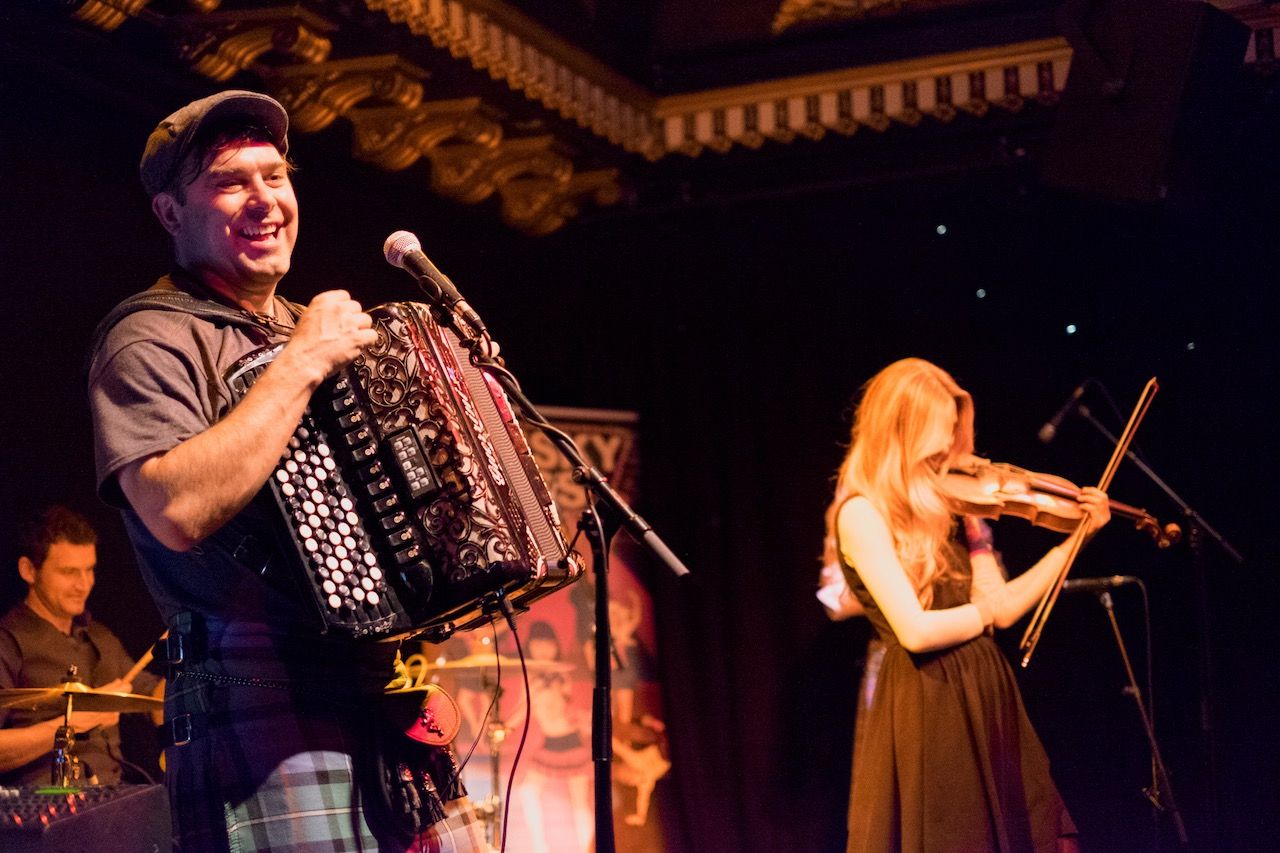
4. Partying at a real ceilidh
There’ll be jigs. There’ll be reels. There’ll be fiddles, accordions, and an announcer who’ll explain how to whirl your partner just right for the Flying Scotsman dance. Originating in the Highlands, ceilidh parties are so much fun. Fair warning: The later it gets into the night and the more the whisky flows, the wilder the dancing gets. Head to Counting House and Ghillie Dhu in Edinburgh, Sloans in Glasgow, and Skipinnish Ceilidh House in Oban to find out just what the Gay Gordons is all about.
Photo: Iona Spence for VisitScotland

5. Discovering Scotland’s dark skies
Scotland’s home to some of the darkest skies in Europe, and because wild camping is allowed, here you can sleep under the stars for free. Head to Galloway Forest Park — the first Dark Sky Park in the UK — to see more than 7,000 stars and planets visible to the naked eye. The Isle of Coll in the Inner Hebrides lies 20 miles from the nearest lamppost — visit to experience the night sky from one of only two International Dark Sky Islands on the planet.
Photo: Loch Lomond, Shutterstock/Zoladkowski Bogdan

6. Tasting the local delicacies
From Aberdeen Angus beef to west coast salmon, Stornoway Black Pudding to Orkney cheddar, Scotland has an amazing larder. Whether you drop in on one of the country’s 13 Michelin-starred restaurants, a traditional tearoom, or a seafood shack, you’re in for a treat. As for drinks, there’s all local microbrews you could want, as well as a gin tradition that goes back to the 18th century. And of course, there’s whisky. Dufftown is arguably the hub of whisky country, and you’ll definitely want to hit up Glenfiddich and Balvenie before heading to Aberlour to taste the local single malt. Also check out Elgin’s Glen Moray Distillery, then Benromach and Dallas Dhu Historic Distillery in Forres for even more tours and tastings on the famous Speyside Whisky Trail.
Photo: Glenfiddich Distillery, Paul Tomkins for VisitScotland
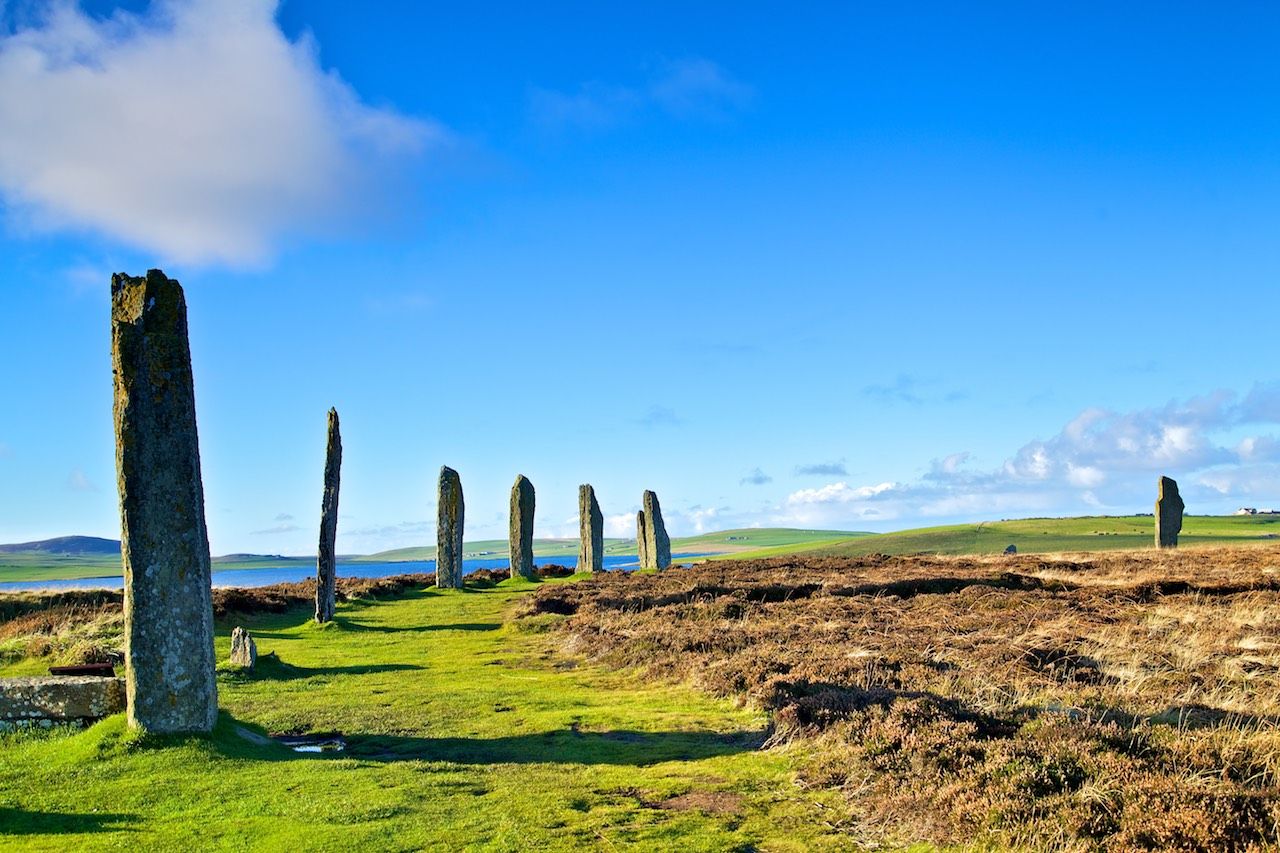
7. Seeing live excavation in action at the Heart of Neolithic Orkney
With 2017 being Scotland’s Year of History, Heritage, and Archeology, archaeological events are taking place across the country throughout the year, including on Orkney. See what life on this remote archipelago was like 5,000 years ago with a visit to the Heart of Neolithic Orkney, a UNESCO World Heritage Site made up of the amazingly well-preserved Stones of Stenness and Ring of Brodgar, Maeshowe tomb, prehistoric village Skara Brae, and a number of unexcavated burial,fcs ceremonial, and settlement sites. These are the most important New Stone Age sites in Western Europe, and in the summer you can see live excavation in action at the Ness of Brodgar.
Photo: Ring of Brodgar, Colin Keldie for VisitScotland
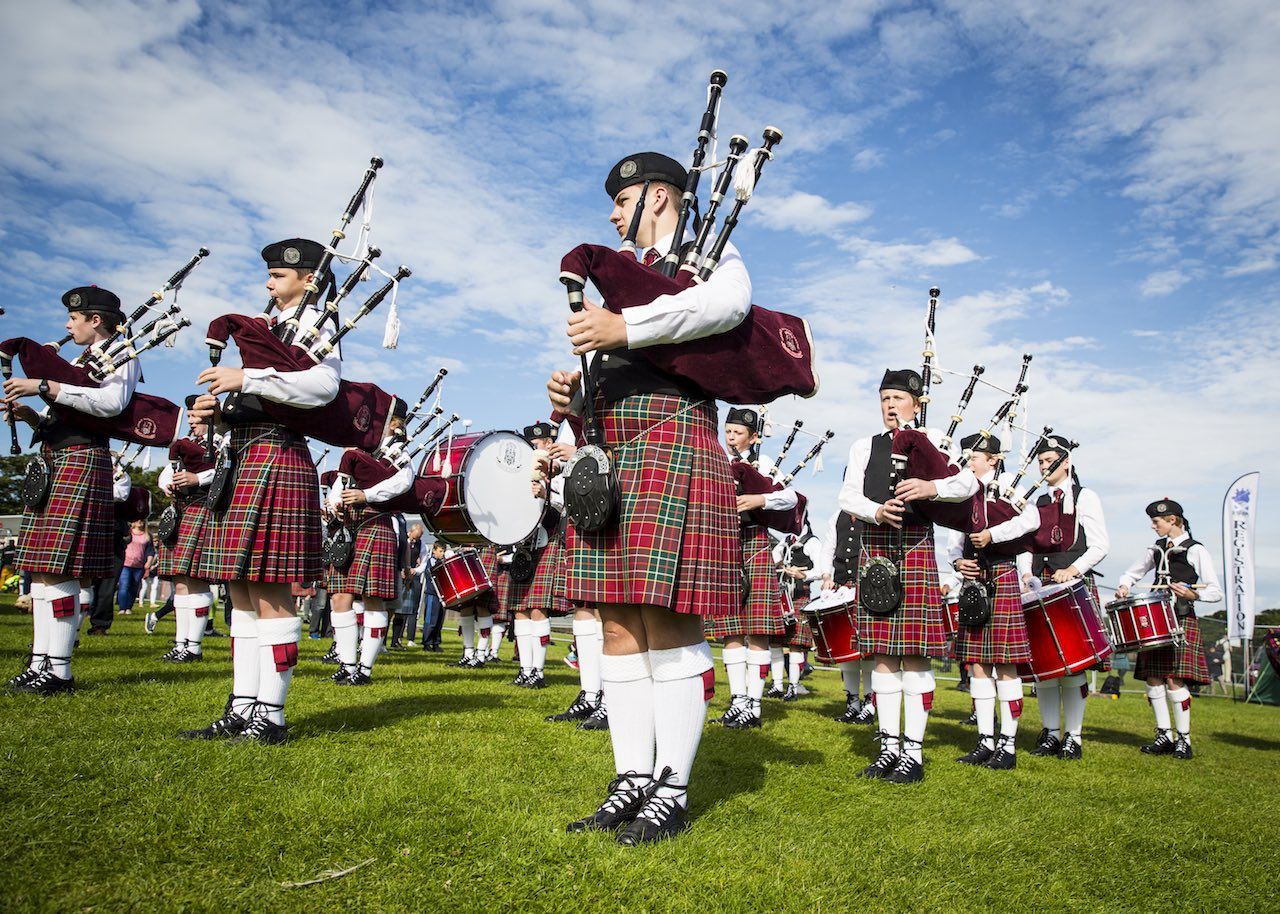
8. Cheering on competitors at a traditional Highland Games
Colorful and full of fun, Highland Games take place in towns and castle grounds throughout the summer and involve everything from tug-o-wars and caber tossing to bagpipe parades and Highland dance competitions. Look out for the Cowal Highland Gathering (August 24-26, 2017) near Glasgow. It hosts 23,000 revelers each year, as well as the Scottish and World Highland Dancing Championships.
Photo: Kenny Lam for VisitScotland
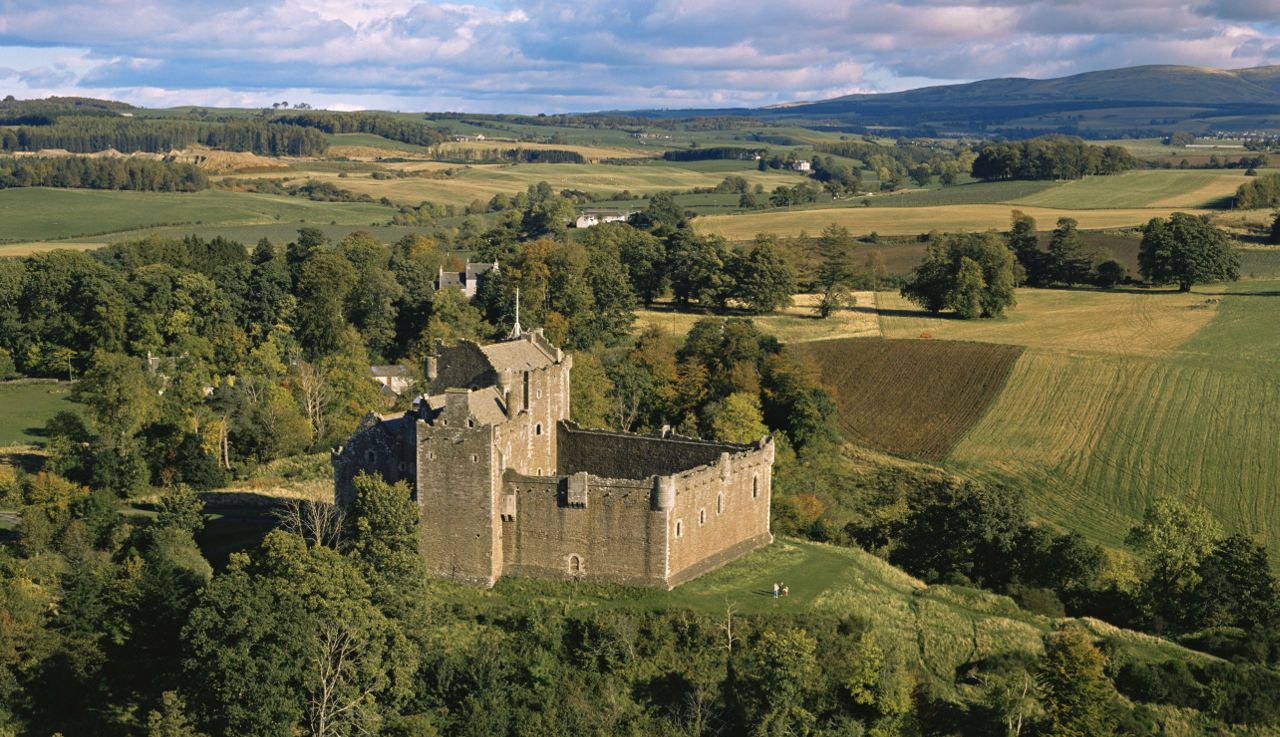
9. Gearing up for Outlander Season 3
Author Diana Gabaldon’s incredible world of standing stones, castles, and sweeping Highland scenery was inspired by real places and Scottish heritage, and with Starz set to release the third season of the TV adaption in September 2017 — which was filmed partly on location in Edinburgh and Scotland — now is the perfect time to get your Outlander geek on.
Photo: Doune Castle, VisitScotland
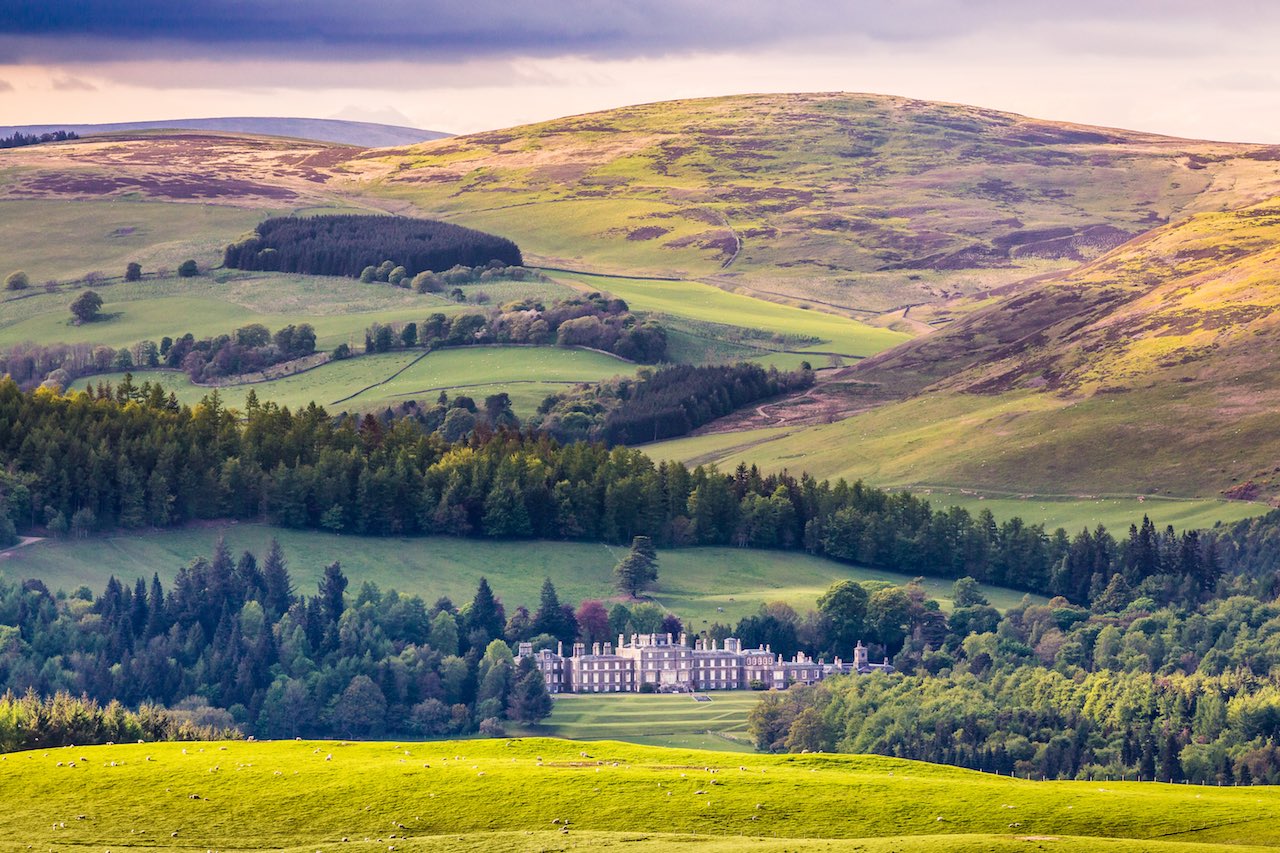
10. Touring a Scottish country estate
Bowhill House in the Scottish Borders is one of the homes of the Duke and Duchess of Buccleuch. Built in 1708, this Category A-listed building is known for having one of the world’s greatest private art collections. See the duke’s Gainsboroughs and Canalettos on a tour of the house, head into the surrounding glens and heather-covered hills on a hike, visit the Minstrel tea room for scones with jam and cream, and get in on the action on a Land Rover tour of the estate.
Learn more
Photo: Bowhill House
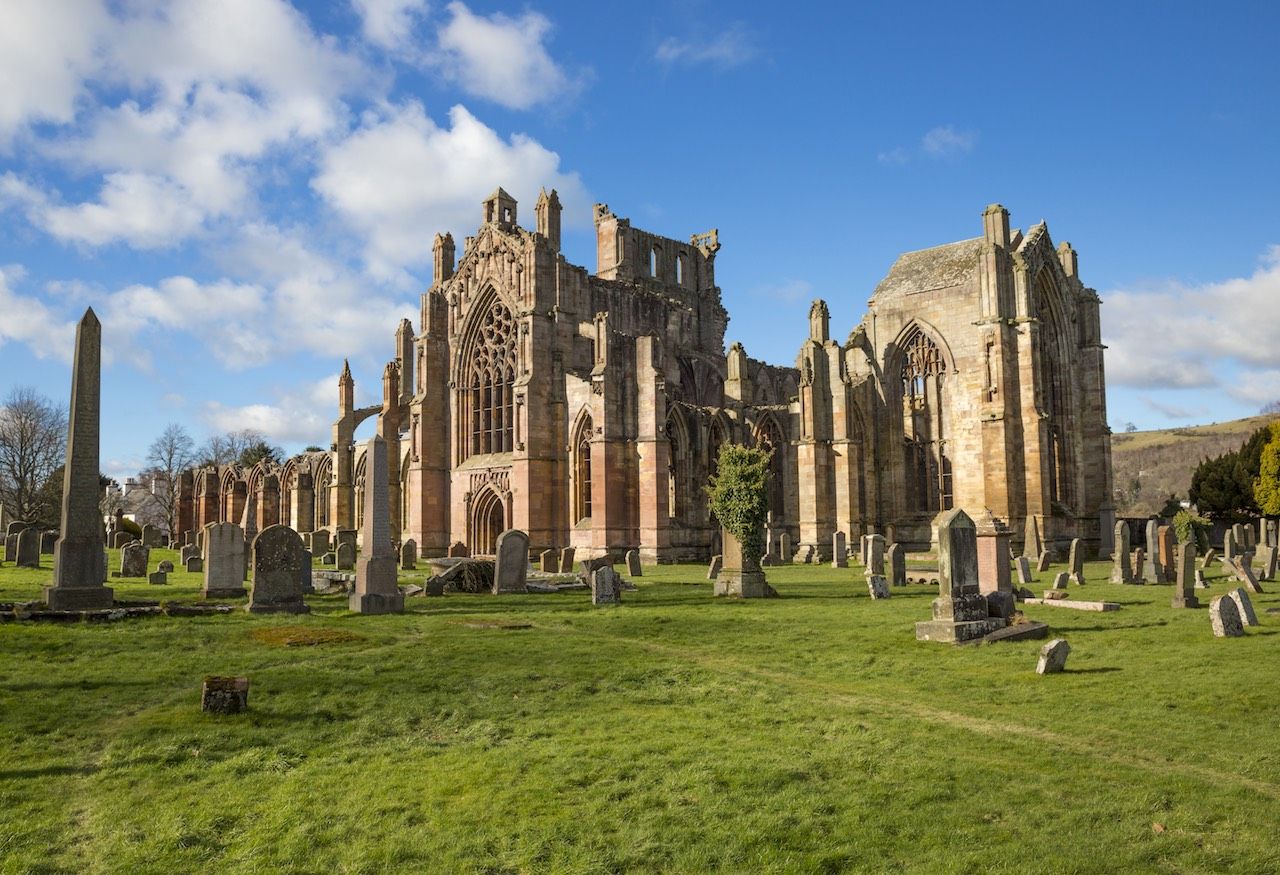
11. Unearthing the secrets of Scotland’s abbeys
Founded by St. Columba and his Irish followers 1,450 years ago, Iona Abbey is one of the oldest, most sacred places in western Europe — and is still a focus for Christian pilgrimage today. Then there’s Melrose Abbey, one of four main abbeys in the Scottish Borders. It was founded by King David I in 1136 for the Cistercian Order, then largely destroyed by Richard II’s English Army in 1385. The ruin’s exterior is amazing — it’s decorated with hobgoblins and bagpipe-playing pigs. See displays of what’s been dug up from the church in the Commendator’s House.
Photo: Melrose Abbey, Kenny Lam for VisitScotland
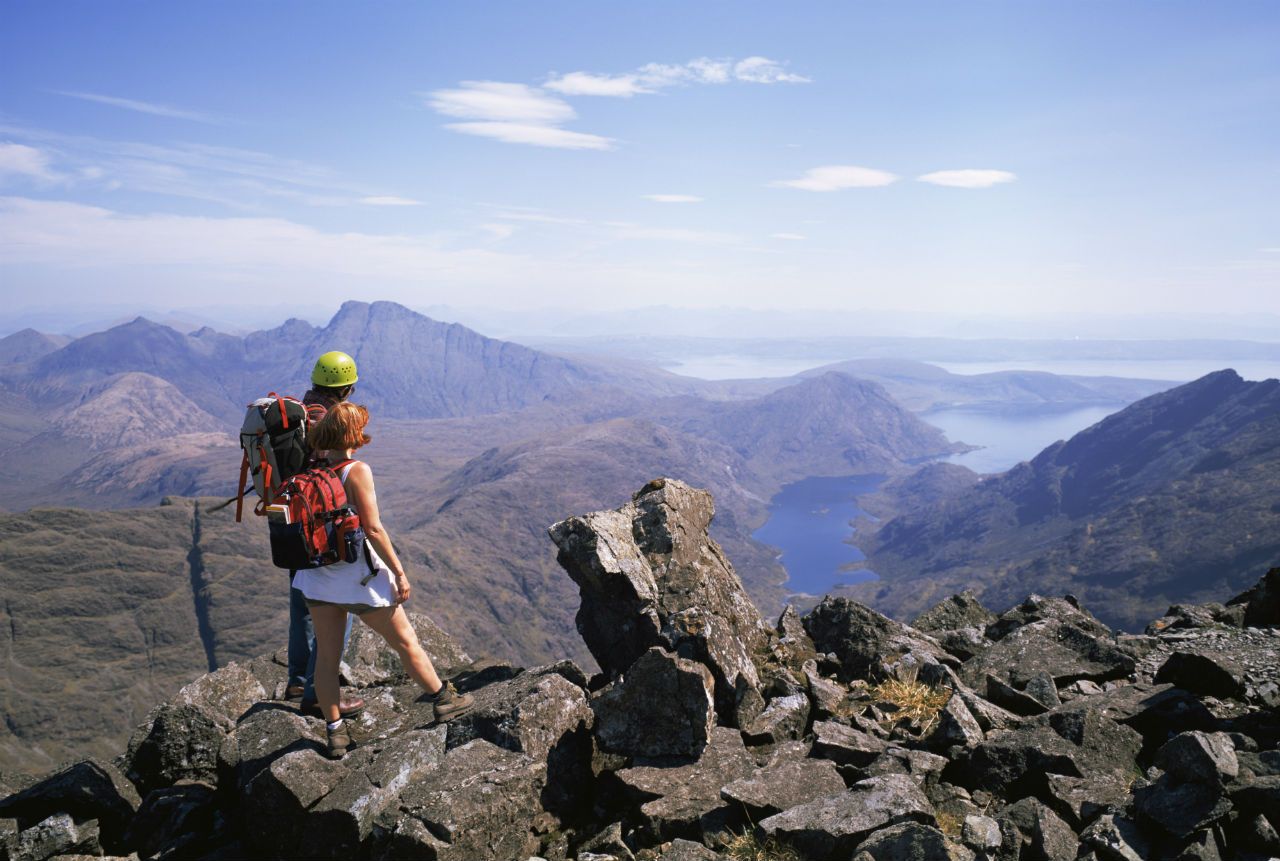
12. Bagging Munros across the Highlands
Scotland’s home to most of Britain’s mountains, and 282 of them are 3,000 feet or higher. We call those Munros, and we like to “bag” them. You might not manage to tick all of them off on your Scotland visit, but one or two is definitely doable. Easier day hikes include Cairn Gorm in the Highlands, and Ben Lomond in Loch Lomond & The Trossachs National Park. For an overnight adventure, there are bothies dotting the wilder parts of the country. They’re run by the Mountain Bothies Association charity, and the shelters are free to use, with no booking system or wardens.
Photo: Sgurr a Ghreadaidh, Allan Jamieson for VisitScotland
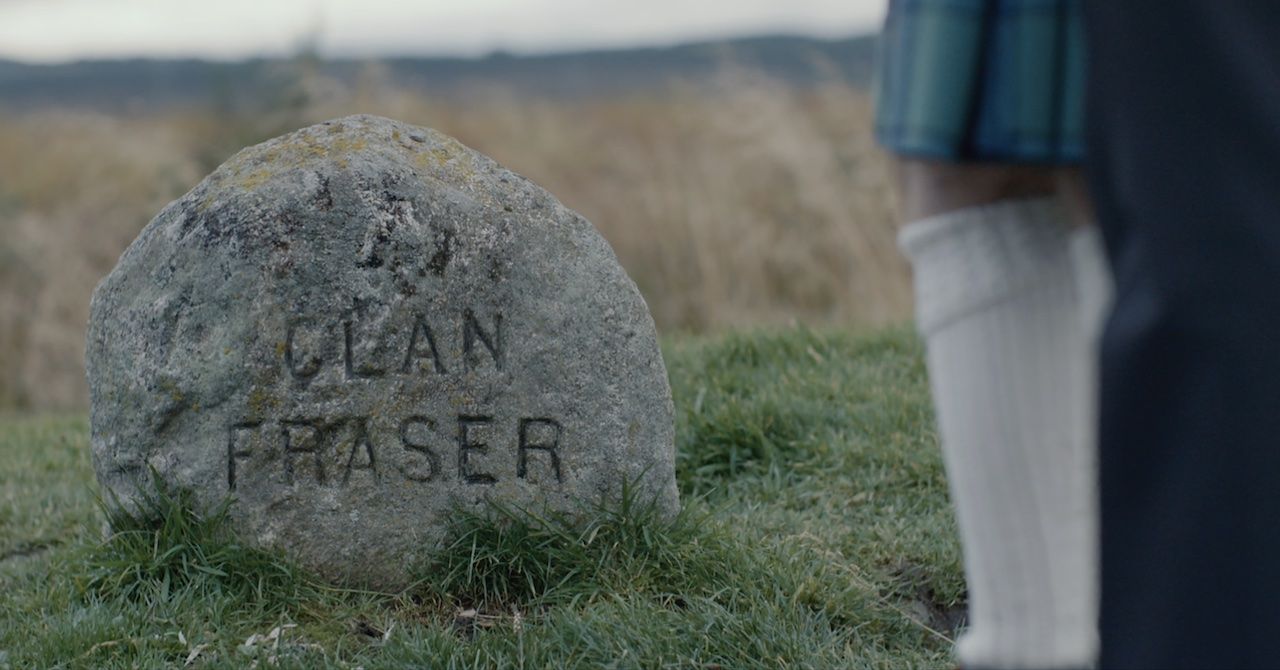
13. Finding out if you belong to a Scottish clan
By the 13th century, clans had roots in the Scottish Highlands. They lived off the land, got involved in bloody battles with each other, used their cattle to earn their keep, and stayed mostly intact until the Battle of Culloden in 1746, when the Jacobite rebellion was crushed by King George II’s army. The Highland Clearances marked the end of the clan system, as thousands moved to the New World in search of a better life. Find out your ancestral history on a trip to Scotland, and maybe take a trip to your clan’s homeland.
Photo: Culloden Battlefield, Cut Media for VisitScotland
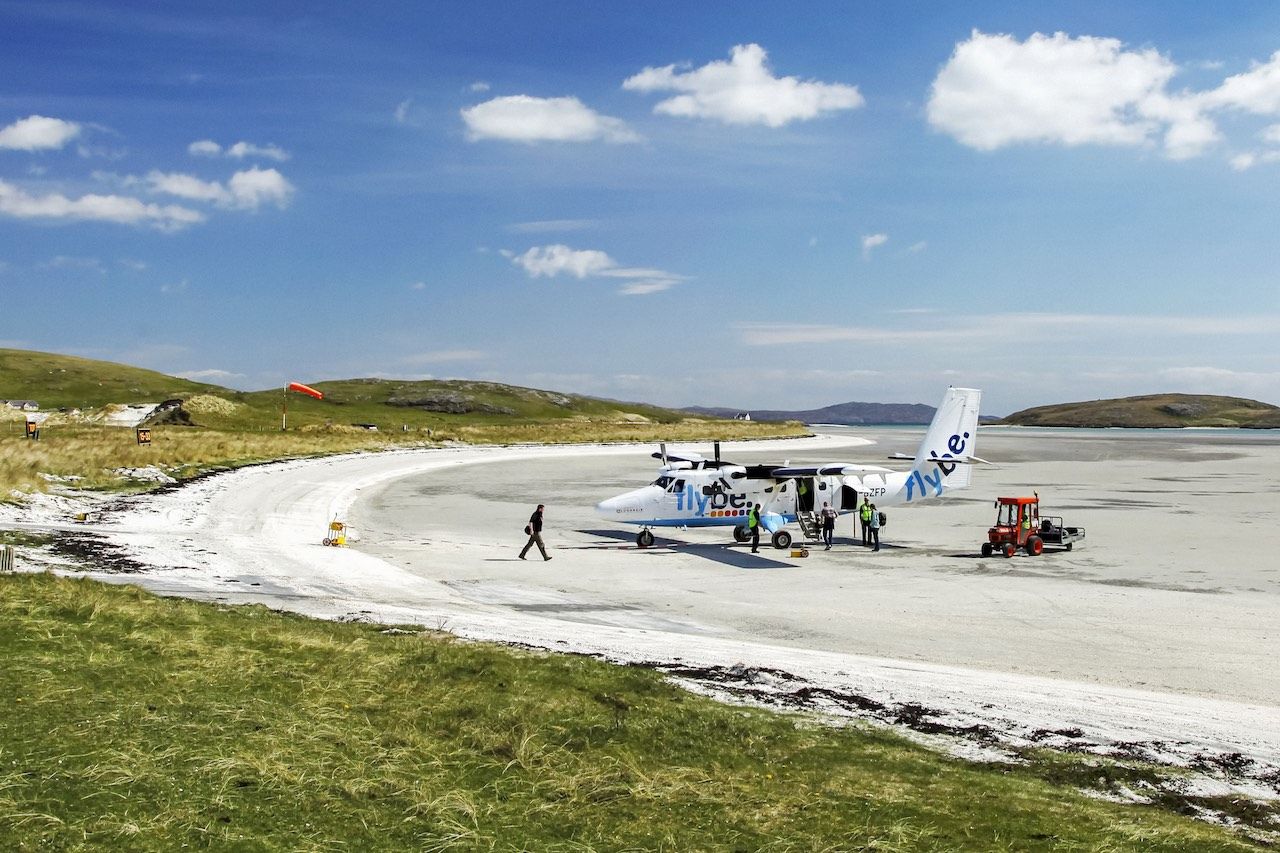
14. Touching down on Barra
On Barra, life’s a beach…and so is the airport runway. In fact, Traigh Mhor is the only beach runway in the world that handles scheduled airline services. You can also reach Barra — one of the most southerly of the Outer Hebrides’ inhabited islands — by ferry from Oban. Take the five-minute boat ride from the island’s main village, Castlebay, to medieval Kisimul Castle and explore the ancient seat of Clan Macneil. Play a round at the most westerly golf course in the United Kingdom. Sea kayak the island’s sheltered bays. Wander the beaches, machair meadows, and moorlands. Do it all.
Photo: Paul Tomkins for VisitScotland
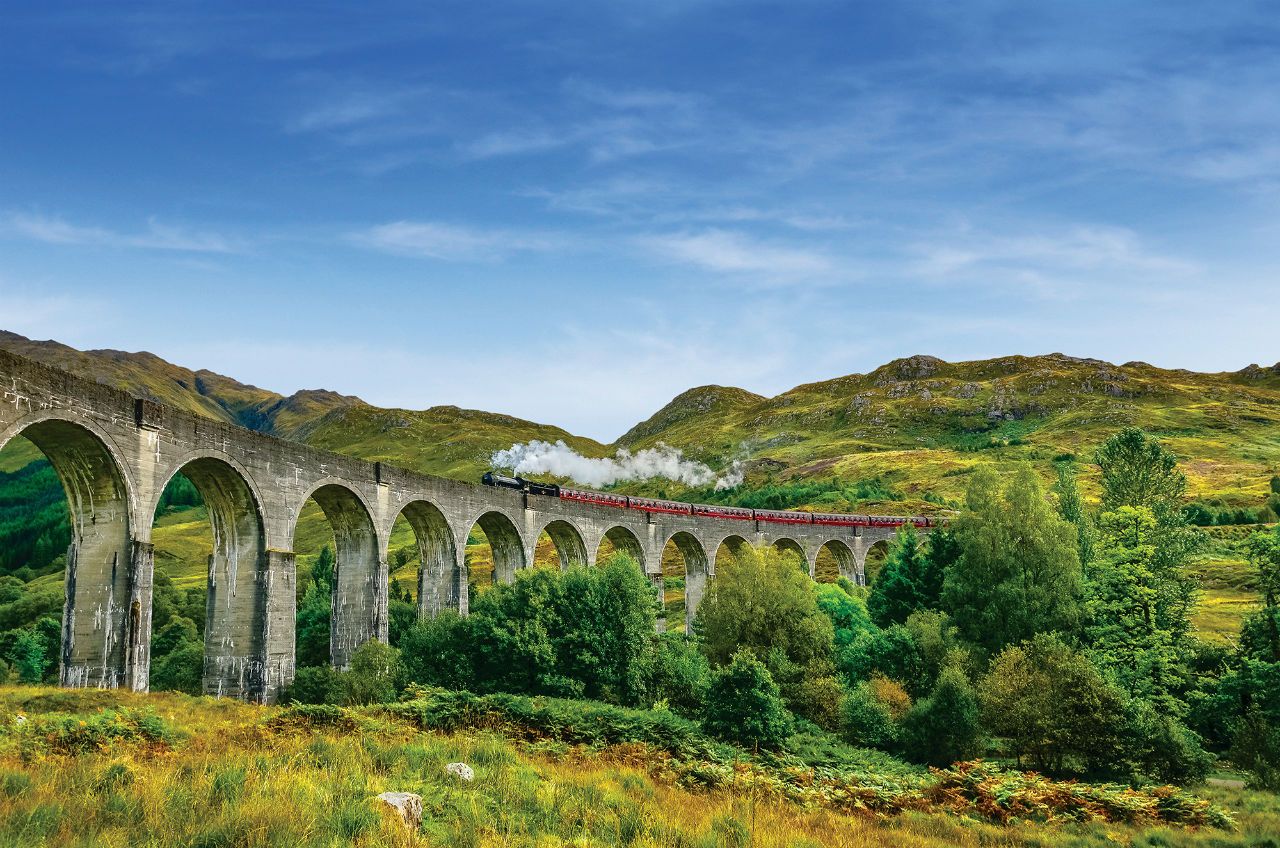
15. Taking on the Jacobite Steam Train
To some it’s the Jacobite Steam Train. To others it’s Harry Potter’s Hogwarts Express. To just about everyone, it’s the greatest rail journey in the world. Starting in Fort William, this train takes guests on an 84-mile round-trip through the Highlands to the west coast of Scotland. Along the way, there’ll be stops in the lovely village of Glenfinnan and the bustling fishing port of Mallaig. There’ll be beautiful scenery, like Loch Nevis, the deepest seawater loch in Europe, and the iconic Glenfinnan viaduct. And if you feel like wearing a wizard hat while you ride, let’s just say you won’t be the only one.
Photo: Getty Images/VisitScotland
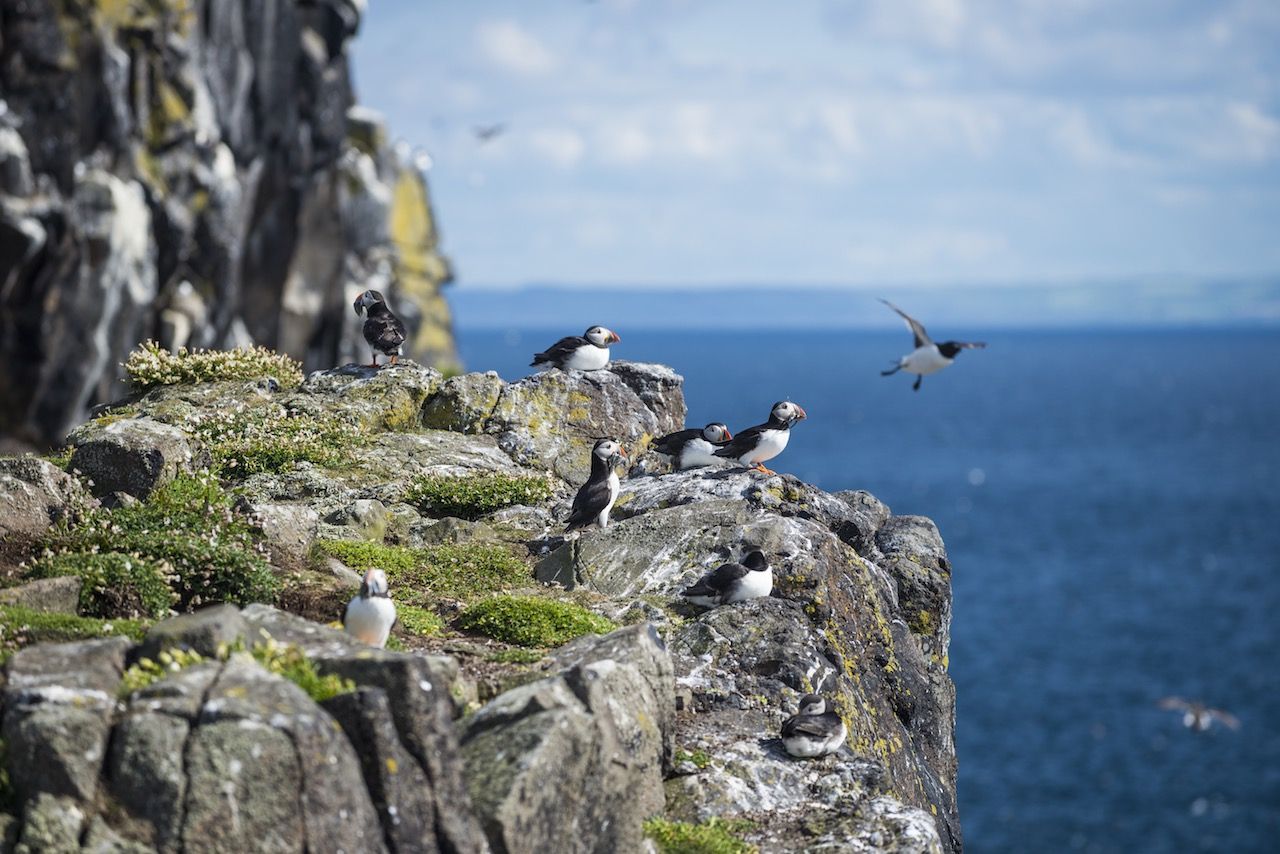
16. Seeing more puffins than people on the Isle of May
From April to mid-August, the Isle of May’s cliffs and ledges are home to circuses of puffins — around 120,000 in all — as well as hundreds of thousands of guillemots, razorbills, and shags. Ferries run to this national nature reserve, five miles off the Fife coast, from April to September. Once you’re back on the mainland, head to Anstruther Fish Bar for the best (sustainable and award-winning) fish and chips around.
Photo: Kenny Lam for VisitScotland
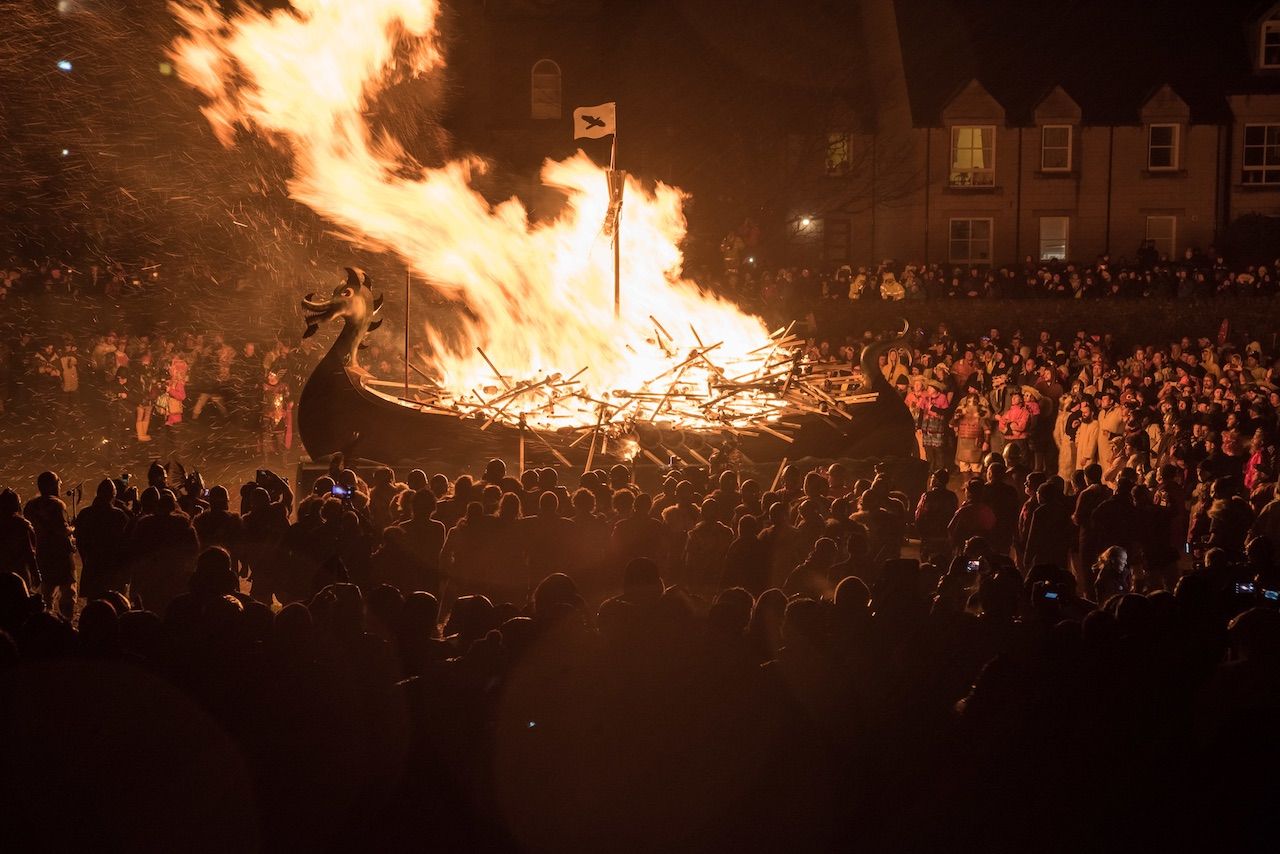
17. Being part of history at the wildest festivals
Thousands flock to Edinburgh’s Calton Hill for a night of dancing among giant, flickering bonfires as part of the ancient Gaelic festival of Beltane. Archaic and New Age all at once, Beltane Fire Festival (April 30, 2017), is amazing — even the trash collectors dress up like creatures of pagan lore. Then there’s the award-winning HebCelt festival (July 19 – 22, 2017), on the Hebridean island of Lewis, where bands like the Peatbog Faeries and the Waterboys play Celtic music for massive crowds.
And of course, there’s Up Helly Aa, celebrated in the middle of winter across Shetland, especially in the main town of Lerwick, where squads of up to a thousand “guizers” in full Viking costume march through the streets, torches blazing. They burn a replica longship while singing old Viking songs, then it’s off for a night of dancing so fun that the next day is a local public holiday so everyone can recover. The next festival isn’t till January 30, 2018, but it’s never too early to plan!
Photo: Up Helly Aa, Austin Taylor

